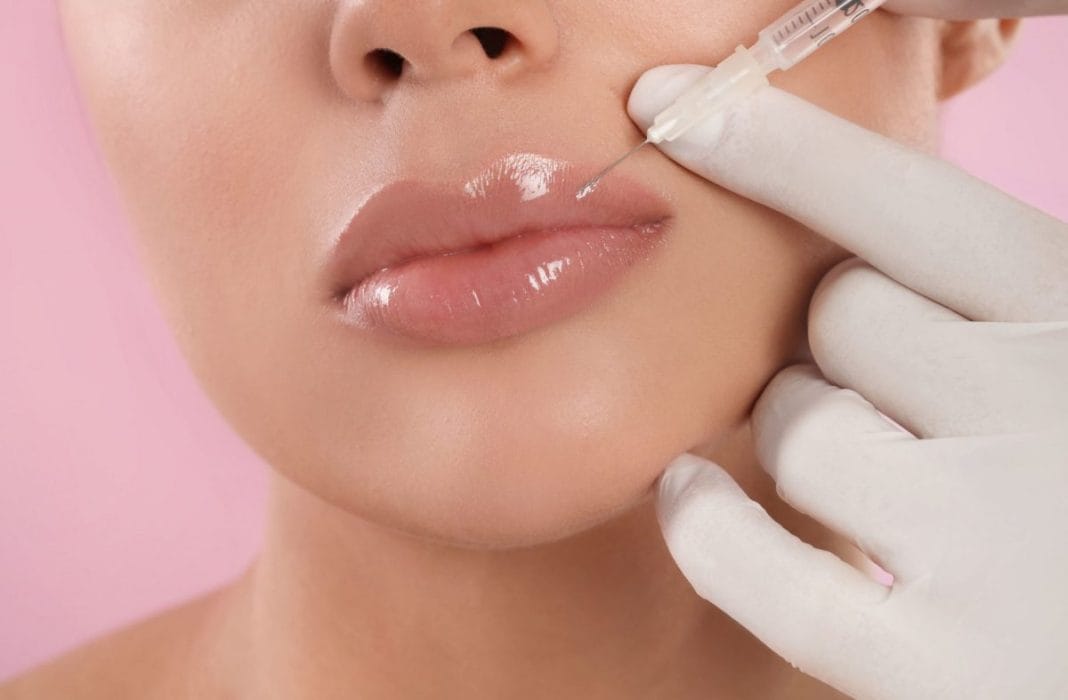Lip Fillers
Lip fillers have become increasingly popular in recent years as a non-invasive cosmetic procedure to enhance the appearance of lips. While primarily known for their aesthetic benefits, lip fillers can also address certain conditions. In this article, we’ll explore the various conditions that lip fillers can treat and delve into the long-term benefits associated with these procedures.
Conditions Treated by Lip Fillers
Thin Lips
One of the most common reasons people opt for lip fillers is to add volume to thin lips. Thin lips can be a result of genetics or the natural aging process, leading to a desire for fuller, more defined lips. Lip fillers, typically made from hyaluronic acid, provide a natural-looking enhancement by adding volume and shape to thin lips.
Asymmetry
Many individuals have naturally asymmetrical lips, where one side may be fuller or higher than the other. Lip fillers can help correct these asymmetries by precisely injecting the filler to balance and harmonize the overall appearance of the lips.
Vertical Lip Lines
Aging can lead to the development of vertical lines, commonly known as “smoker’s lines,” around the lips. Lip fillers can smooth out these lines by plumping the lips and creating a more youthful, rejuvenated look.
Hydration and Moisture
Lip fillers can also serve a practical purpose by providing hydration and moisture to the lips. Hyaluronic acid, a key component in many lip fillers, attracts and retains water, contributing to a softer and more supple texture. This is particularly beneficial for individuals with chronically dry or chapped lips.
Scar Revision
In some cases, lip fillers can be used to address scarring or irregularities on the lips caused by injury or previous surgical procedures. By carefully injecting filler into specific areas, practitioners can improve the overall texture and appearance of the lips.
Long-Term Benefits of Lip Fillers
Natural-Looking Results
One of the significant advantages of lip fillers is the ability to achieve natural-looking results. Skilled practitioners can tailor the treatment to enhance the lips while maintaining facial harmony, avoiding an overfilled or unnatural appearance.
Minimal Downtime
Unlike surgical procedures, lip filler treatments typically involve minimal downtime. Patients can often resume their daily activities immediately after the procedure, making it a convenient option for those with busy schedules.
Gradual Adjustments
Lip fillers offer the flexibility for gradual adjustments over time. Patients can start with a conservative amount and choose to add more filler in subsequent sessions if they desire additional enhancement. This allows for a personalized approach, ensuring satisfaction with the results.
Stimulates Collagen Production
Hyaluronic acid fillers not only provide immediate volume but also stimulate the production of collagen. Collagen is a protein that contributes to the skin’s elasticity and firmness. Over time, the natural stimulation of collagen can contribute to improved skin quality and long-lasting results.
Boost in Confidence
Aesthetic enhancements can have a positive impact on an individual’s self-esteem and confidence. Lip fillers, when done thoughtfully, can help individuals feel more attractive and satisfied with their overall appearance, contributing to improved mental well-being.
Conclusion
Lip fillers go beyond mere cosmetic enhancement; they can address various conditions and offer long-term benefits that extend beyond the immediate post-treatment period. From thin lips to asymmetry and vertical lip lines, lip fillers provide a versatile solution with natural-looking results. The minimal downtime, gradual adjustments, collagen stimulation, and confidence boost make lip fillers an appealing option for those seeking both aesthetic improvements and practical benefits for their lips. As with any cosmetic procedure, it’s crucial to consult with a qualified and experienced practitioner to ensure a safe and satisfying outcome.
